1. Sensōji
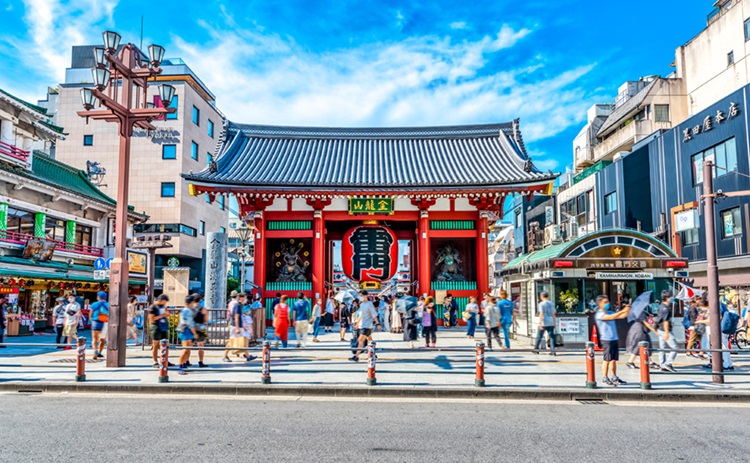
Sensō-ji is Tokyo’s largest ancient Buddhist temple and major Tokyo attractions for Japanese and foreigners located in Asakusa.
The temple is dedicated to the Bodhisattva Kannon, also known as Guan Yin or the Goddess of Mercy.
It is Tokyo’s oldest temple, and one of its most significant. Formerly associated with the Tendai sect, it became independent after World War II.
2. Nakamise

Located just before Sensoji after Kaminarimon or “Thunder Gate”, a massive paper lantern dramatically painted in vivid red-and-black tones to suggest thunderclouds and lightning, Nakamise is one of the oldest shopping centres in Japan.
Apart from typical Japanese souvenirs such as yukata, keychains and folding fans, various traditional local snacks from the Asakusa area are sold along the Nakamise.
3. Meiji Jingū
Meiji Shrine is the Shinto shrine that is dedicated to the deified spirits of Emperor Meiji and his wife, Empress Shōken.
To pay respect: At a Torii (shrine archway): Bow once when entering and leaving.
At Temizuya (water well): Rinse your left hand then right hand. Then Rinse your mouth with your left hand before rinsing your left hand again. Lastly rinse the dipper (allow the remaining water to run down the handle of the dipper).
At the Main Shrine building: Bow twice. Clap your hands twice. Make a wish if you like & Bow once again.
4. Imperial Palace & East Garden
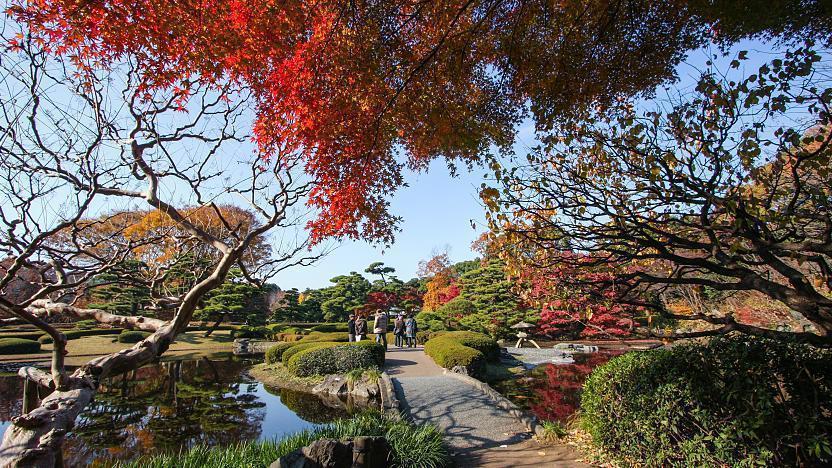
Tokyo Imperial Palace is the main residence of the Emperor of Japan. Except on Jan 2 (New Year’s Greeting) and Dec 23 (Emperor’s Birthday), the palace buildings and inner gardens are not open to the public.
Only on both specific dates, visitors are able to enter the inner palace grounds and see the members of the Imperial Family, who make several public appearances on a balcony.
The Imperial Palace East Gardens , are a part of the inner palace area and are open to the public.
5. Tsukiji Fish Market
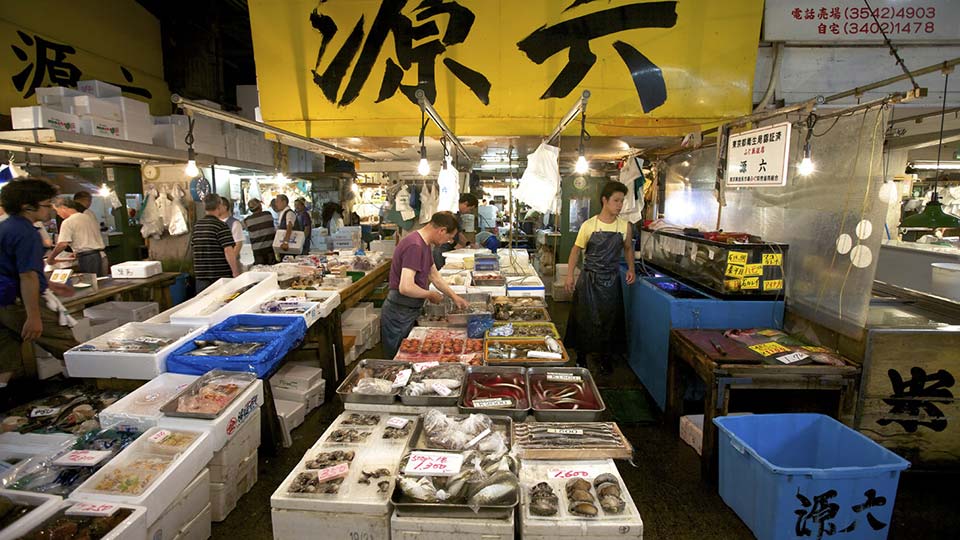
Tsukiji Market is the biggest wholesale fish and seafood market in the world. It handles more than 400 different types of seafood from cheap seaweed to the most expensive caviar, and from tiny sardines to 300 kg tuna and controversial whale species.
The most interesting part is the Tuna Auction. It is limited to 120 visitors per day. Viewing tickets are issued on a First come, First serve basis beginning at 4:30 AM at the market’s Fish Information Center, located next to the Kachidoki entrance. (Not the main entrance)
The first 60 ticket holders are able to view the auction from 5:25 AM until 5:50 AM, while the other 60 ticket holders can view the remainder of the auction from 5:50 AM until 6:15 AM.
6. Tokyo Skytree
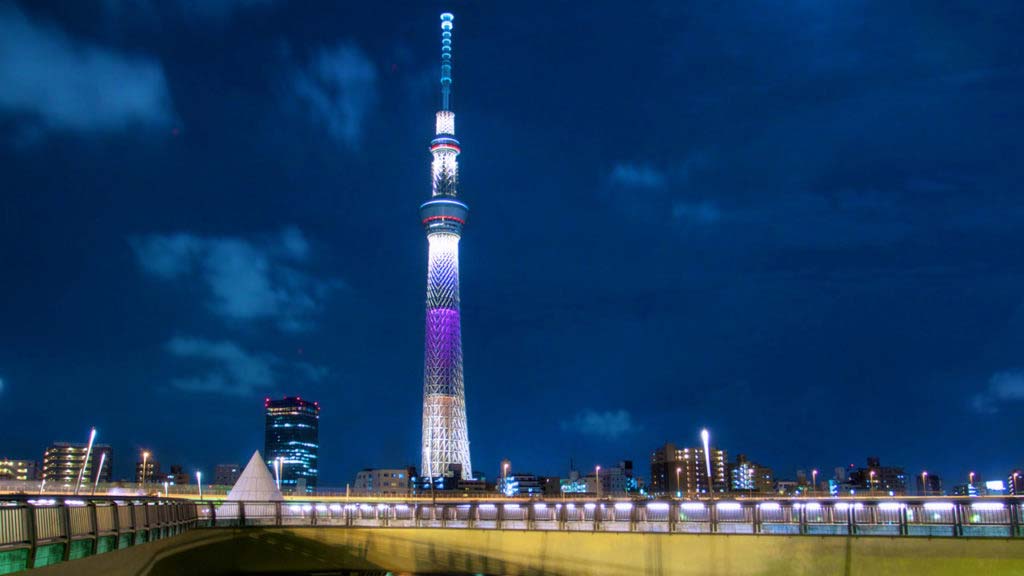
One of Tokyo’s newest landmark & attraction, the 634 meter Tokyo Skytree is the tallest tower in Japan. The tower is the primary television and radio broadcast site for Kanto region.The Tokyo Skytree is its two observation decks Tembo Deck & Tembo Gallery which offer spectacular views of Tokyo city skyline. On the base of Tokyo Skytree host a large shopping complex with an aquarium.
7. Tokyo Disneyland & DisneySea
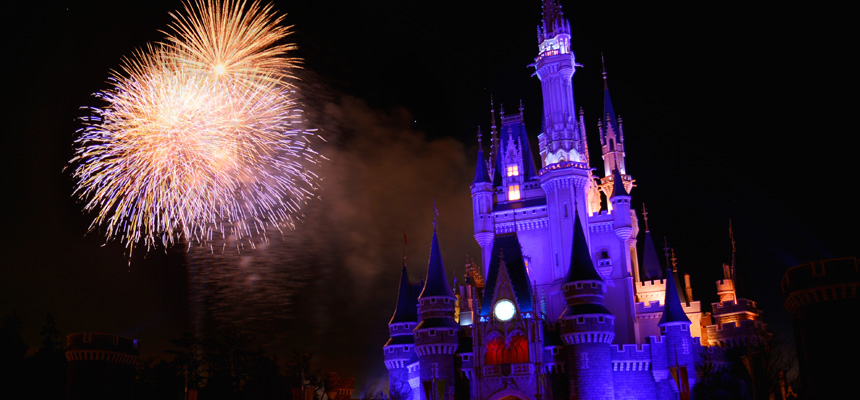
Tokyo Disneyland is a 115-acre theme park based on the films produced by Walt Disney. It was opened in 1983 as the first Disney theme park outside of the United States.
Tokyo DisneySea, the 4th most-visited theme park in the world is also the 9th park of the 11 worldwide Disney theme parks to open.
Inspired by the myths and legends of the sea, Tokyo DisneySea is made up of seven themed ports of call: Mediterranean Harbor, Mystery Island, Mermaid Lagoon, Arabian Coast, Lost River Delta, Port Discovery and American Waterfront.
8. Kabukichō

Kabukichō (舞伎町 is an entertainment and red-light district in north east Shinjuku beyond Yasukuni-dōri Avenue.
It is very famous for hostess bars, host bars, love hotels, shops, restaurants, and nightclubs, and is often called the “Sleepless Town”.
The district’s name comes from late-1940s plans to build a kabuki theatre: although the theatre was never built due to financial difficulties, the name stuck.
9. Ginza
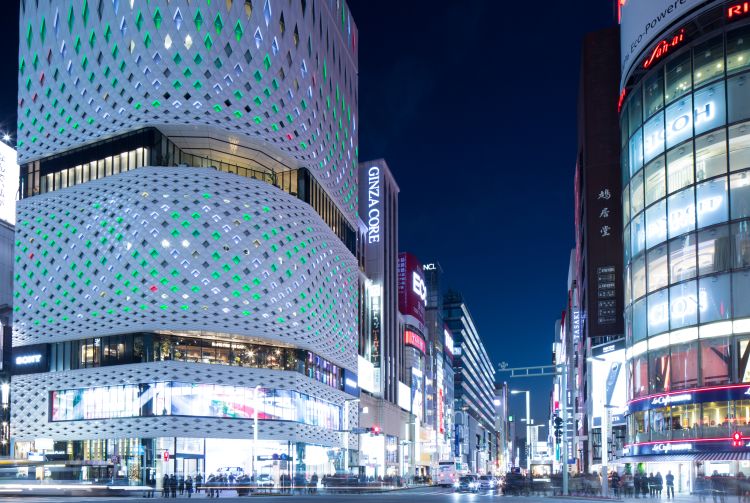
The Ginza is considered the high fashion centre of the city and contains many upscale shops and restaurants.
It is one of the most expensive real estate in the world. During the weekend, the street will be closed to motor traffic during the day hence becoming a Pedestrians’ Paradise.
10. Yasukuni Shrine
Yasukuni Shrine is a Shinto shrine dedicated to the soldiers and others who died fighting on behalf of the Emperor of Japan.
When Emperor Meiji visited Tokyo Shokonsha for the first time in 1874, he composed a poem; “I assure those of you who fought and died for your country that your names will live forever at this shrine in Musashino”.

没有评论:
发表评论